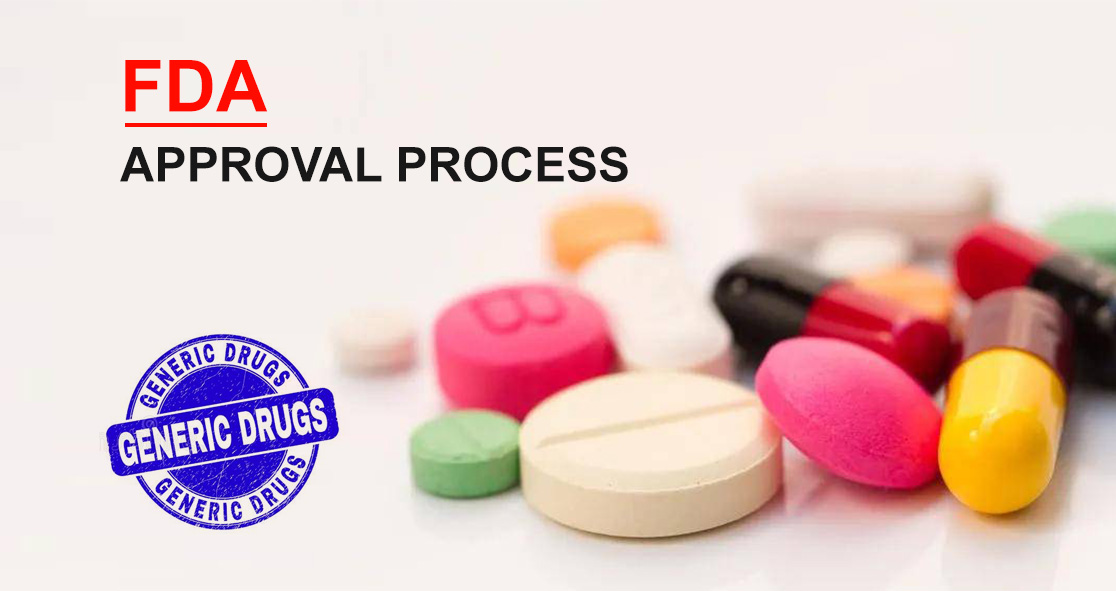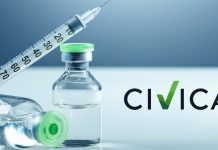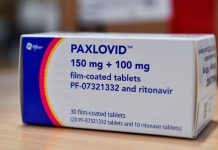Generic drugs have a significant impact on cost savings for the U.S. health care system.
At least 9 out of 10 prescriptions filled in the United States are for generic drugs, according to the Food and Drug Administration (FDA).
Generic drugs are used to fill the majority of prescriptions in the nation, as they are 80% to 85% cheaper than their branded counterparts. Apart from direct cost savings, the availability of generic drugs has shown a remarkable improvement in indirect costs such as therapy adherence and compliance.
The FDA’s Office of Generic Drugs (OGD) within the Center for Drug Evaluation in Research ensures that Americans get high-quality and affordable generic drugs through its rigorous review process that includes:
- Managing the regulatory process to facilitate drug approvals
- Establishing science initiatives to research generic drugs
- Publishing data and reports on generic drug development and review
- Offering educational materials and information
Generic drugs are nothing but copies of brand-name drugs, which are sold at lower prices. And like any other scientific and regulatory process, the approval process of a generic drug takes time.
The FDA takes time to review the complex information to assess whether a given generic drug is safe and effective and whether it can be substituted for the brand-name drug.
Generic Drug FDA Approval Process
Unlike the new drug approval process, generic drugs can use Abbreviated New Drug Application (ANDA), which does not require the submission of clinical data regarding safety and efficacy because the new product’s manufacturer has already provided the information, according to the journal US Pharmacist.
The original active ingredient has already been proven safe and effective so the generic drug manufacturer must prove its bioequivalence.
To receive FDA approval, a manufacturer that develops a generic drug must meet the same batch requirements for identity, strength, purity, and quality and be therapeutically equivalent to the brand-name product, per US Pharmacist.
In addition, the generic drug must be manufactured keeping the same Good Manufacturing Practice regulations laid by the FDA.
A generic drug needs to be pharmaceutically equivalent and bioequivalent. Pharmaceutical equivalence means that the generic drug and its brand-name drug’s active ingredient(s), dosage form, route of administration, and strength are the same, while bioequivalence means both products would be expected to be, for all intents and purposes, the same.
Meanwhile, the FDA is working on how to reduce generic drug approval times. It is providing additional guidelines to generic drug manufactures earlier in the research and development period. It is also taking steps during the review phase to reduce approval times. For detailed information on the generic drug approval process, visit the official FDA website.























